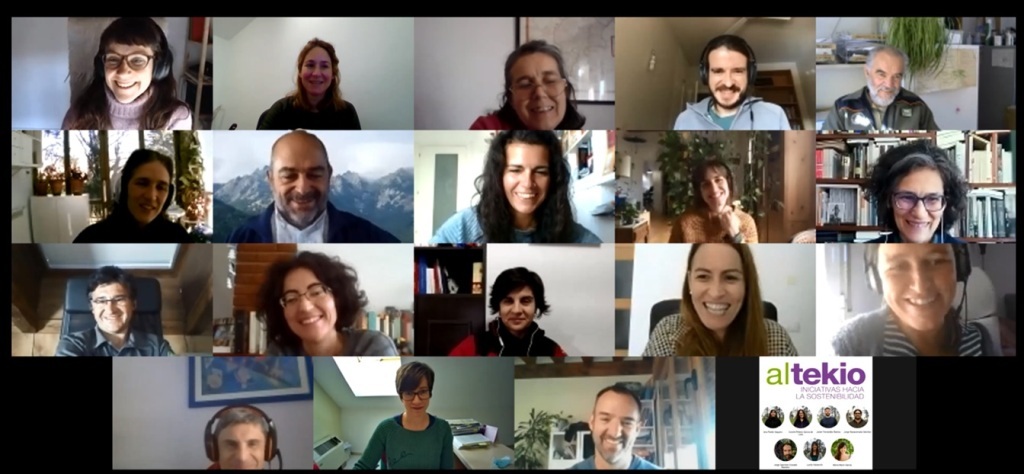Strengthening the science-policy interface for socially inclusive governance
Workshop with decision-makers to analyze the applicability and usability of research tools and other outcomes within the protected area
UOC team
The elaboration of a plan for creating understanding and collaboration between researchers and decision-makers was a necessary tool to promote that scientific knowledge can have impacts on the policy domain. This plan entailed the following actions:
- Face-to-face or online meetings to formally introduce the research project to the protected area decision-makers and managers while using media (e.g., radio and press), and developing seminars to inform local residents and other stakeholders about the project;
- Invitation to decision-makers and managers to be involved in the project activities (e.g. local knowledge alliance, film and meetings);
- Tailoring the research activities to the decision-makers agenda to facilitate their participation;
- Organization of regular meetings, webinars and newsletters in local languages to inform about the project advances and findings;
- Development of workshops with decision-makers to analyze the applicability and usability of resulting tools and other research outcomes within the protected area;
- Dissemination of research reports in local language before academic article publications to validate the results;
- Writing posts in the national park’s blog and other related websites to disseminate research findings within the protected area channels.
- Conducted key-informant interviews with staff from the Sierra de Guadarrama National Park to identify the interests and needs of decision-makers and align our research activities;
- Involved key staff from the National Park with the capacity to promote institutional changes and decisions to facilitate that our scientific insights might reach impacts on the management setting;
- Organized a workshop with decision-makers to evaluate research tools in terms of applicability in the management cycle in order to facilitate their use by them.
- An early exploration of the management and decision-making setting is relevant to plan for and develop solution-oriented research that can be implemented within the management cycle;
- Periodical meetings between researchers and decision-makers help scientists gain awareness of the variety of directions in which their research can impact the policy domain, and decision-makers gain access to the best available evidence to make decisions. This is crucial to align research to the decision-makers' needs and facilitate the use of science in the management setting;
- Producing scientific outcomes that are translatable into real outcomes in the management can motivate decision-makers to participate in the research;
- Writing policy reports to introduce scientific insights into the native language facilitates the use of scientific information by decision-makers;
- Planning the research activities so that overwhelming decision-makers with multiple requests is avoided.

